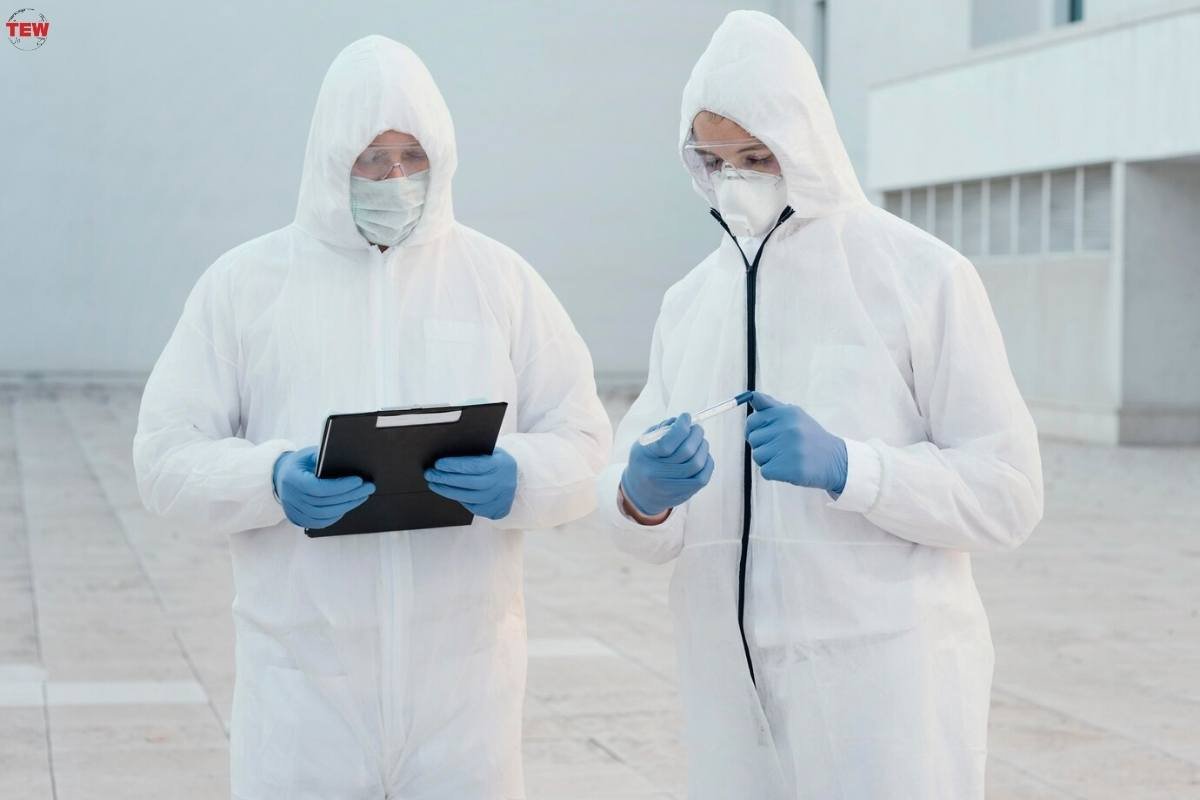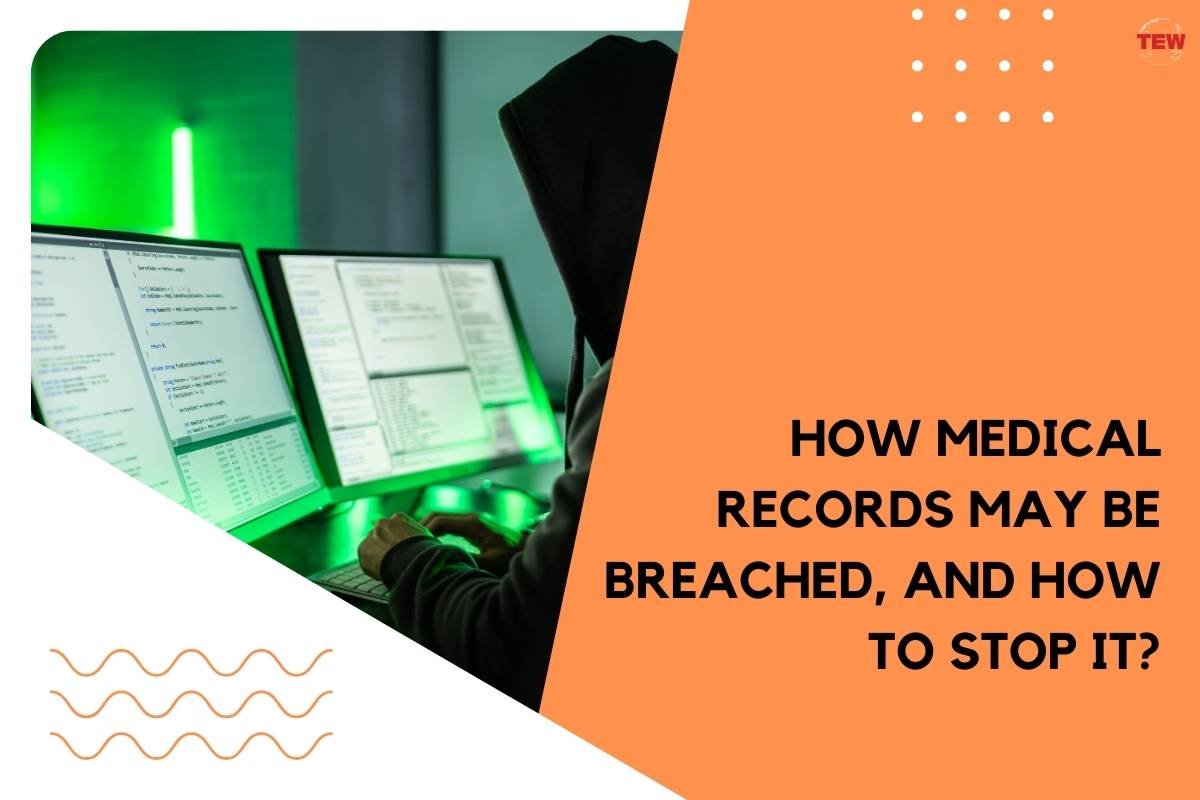Our medical records are extremely important, but they can be breached, so how do we prevent this from happening?
In the digital age, the susceptibility of medical records to a data breach is a significant concern. The mention of a “data breach of medical records” evokes concern due to its potential consequences. Breaching medical records involves various sophisticated methods, including phishing attacks, cyber intrusions, and lapses in encryption and data security.
This article not only delves into prevalent external threats but also highlights how breaches can originate within the healthcare sector. Grasping these vulnerabilities is essential for strengthening defenses and safeguarding the confidentiality and integrity of sensitive medical information.
Preventing External Threats to Medical Records:
1. Phishing Attacks

Phishing remains a prevalent method for breaching medical records. Cybercriminals often deploy deceptive emails or messages, posing as legitimate entities to trick healthcare staff into revealing sensitive information. To thwart such attempts, robust employee training programs are essential. Healthcare organizations should educate staff on identifying phishing attempts, emphasizing the importance of verifying the legitimacy of any request for sensitive data.
2. Cyber Attacks
Protecting against complex cyber-attacks demands a layered defense approach. Using advanced systems to detect threats, keeping security protocols up to date, and performing penetration testing can uncover and fix vulnerabilities. Also, it’s essential to promptly update all software and systems with the latest security patches to reduce the risk of cyber intrusions.
3. Inadequate Encryption and Data Security
Weak encryption and lax data security measures create open doors for unauthorized access. Healthcare sectors must prioritize implementing robust encryption protocols and stringent data security measures. Regular audits and assessments can identify potential weaknesses, allowing organizations to proactively address vulnerabilities before they are exploited.
Mitigating Internal Threats:
1. Staff Training and Awareness

Internal breaches pose a significant threat to the security of medical records, frequently originating from unintentional actions by staff members. Establishing a robust defense begins with comprehensive training programs that cultivate a culture of awareness among healthcare personnel.
When it comes to securing data, these elements play a pivotal role in accentuating the significance of safeguarding information. Through targeted educational initiatives, personnel acquires a comprehensive understanding, becoming adept at discerning the risks associated with mishandling delicate data and comprehending the potential ramifications tied to threats originating from within.
This heightened consciousness not only reinforces the human firewall against vulnerabilities originating internally but also nurtures a shared commitment among individuals to uphold the integrity and confidentiality of medical records.
2. Access Control Measures
Ensuring the security of medical records involves putting strict controls on who can access them. It’s important to limit access to authorized personnel only, conducting regular reviews and updates to access permissions. This careful approach ensures that individuals have access only to the information necessary for their roles, effectively reducing the risk of unauthorized data exposure.
By enforcing access control measures, healthcare organizations create a robust defense mechanism that aligns with the principle of least privilege, enhancing overall data security and fortifying the confidentiality of medical records.
3. Insider Threat Detection Systems

Implementing comprehensive insider threat detection systems is imperative in safeguarding medical records. These advanced monitoring systems continuously analyze staff behavior, identifying any unusual patterns or activities that may indicate potential insider threats. By scrutinizing data access, these systems provide early detection and warning mechanisms, allowing for swift investigation and intervention.
Such proactive measures are instrumental in preventing data breaches originating from within the organization. Regularly updating and fine-tuning these detection systems ensures their effectiveness in identifying evolving threats and maintaining the integrity of sensitive medical information.
Protecting Medical Records from Harm
Ensuring the security of medical records is a significant concern, demanding recognition and proactive addressing of external and internal threats. The healthcare sector must protect sensitive information by bolstering defenses against phishing attacks, and cyber intrusions, and implementing strong encryption and data security measures.
Simultaneously, cultivating an awareness culture and actively detecting and mitigating insider threats contributes to a comprehensive and adaptable approach to securing medical records. In the ever-changing healthcare industry, a continuous commitment to evolving and reinforcing measures is vital to maintain the integrity and confidentiality of patient information.
Cybersecurity is constantly changing, but the protection of medical records is a shared responsibility. By understanding the intricacies of potential breaches and adopting proactive measures, healthcare organizations can not only safeguard patient data but also contribute to the broader resilience of the healthcare sector against evolving cyber threats.




